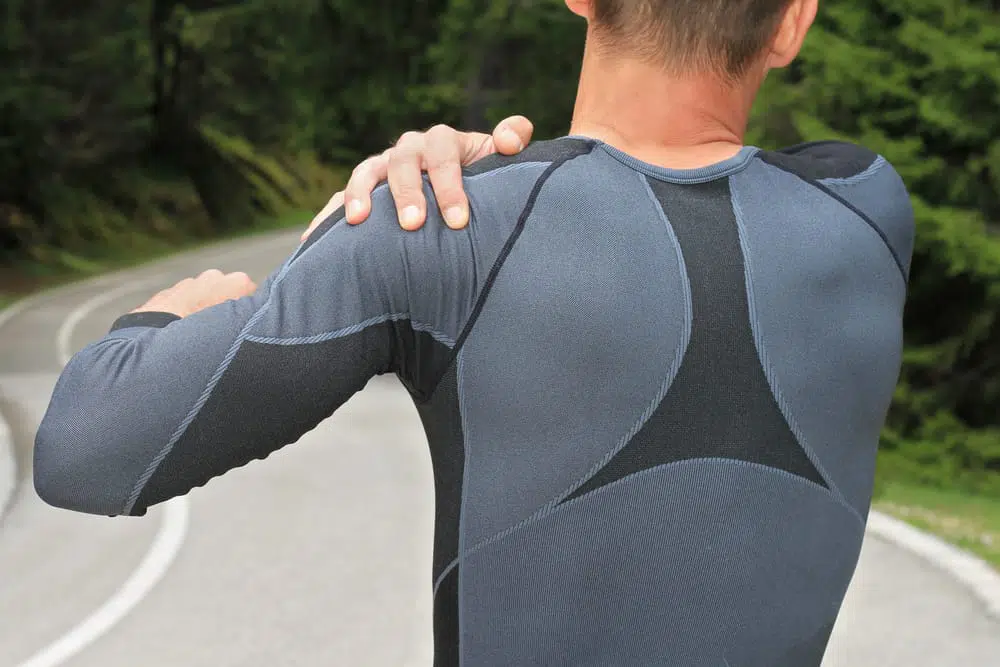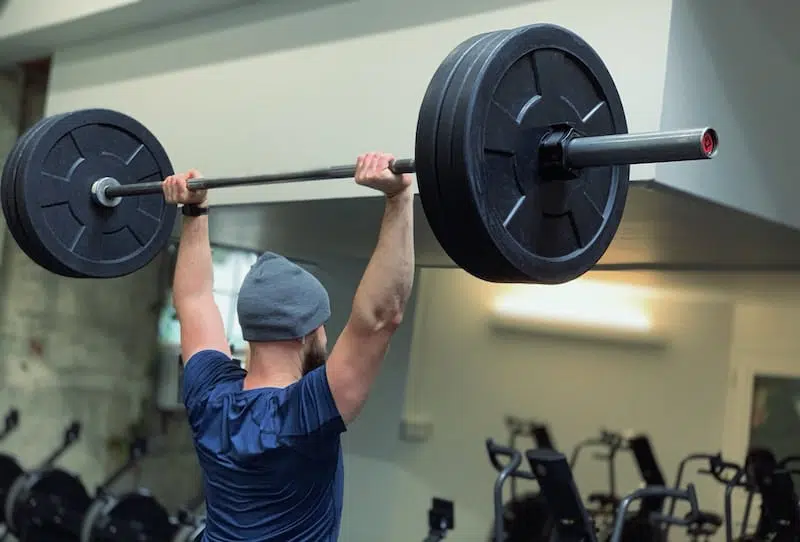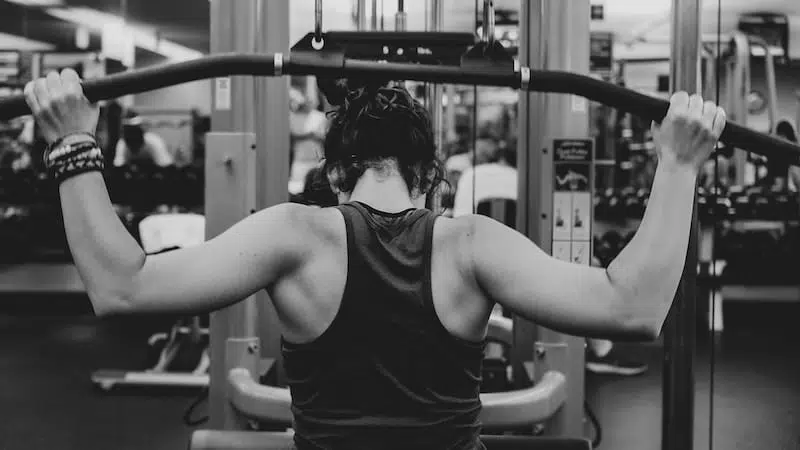Call Now!
Torrance Office: +1 (424) 360-0155

Shoulder pain is one of the most common reasons why people seek care from a shoulder pain specialist, such as an orthopedic doctor, a sports medicine physician, physical therapist, or a chiropractor.
Most people don't realize how often they use their shoulders for numerous activities. Whether it is brushing the hair, putting on a shirt, throwing a ball, or even writing a letter, the shoulder plays a crucial role. Therefore, when someone develops shoulder pain due to tendinitis or a rotator cuff injury, it can be extremely debilitating.
It could take sometime to recover from shoulder tendinitis. Thereby, there are a few standard shoulder tendonitis exercises to avoid the next time you hit the gym.
Whether you’re looking for shoulder impingement exercises to avoid for bodybuilding or rotator cuff exercises to avoid due to an acute gym injury, this article is for you.
Here are 5 shoulder exercises you should avoid that can further pinch or flare up your shoulder muscles.
Shoulder tendonitis develops when the muscles of the rotator cuff become inflamed. Shoulder tendonitis could also develop if the biceps tendon that connects to the rotator cuff becomes inflamed. Like other shoulder injuries, shoulder tendonitis can range in its severity from relatively mild to extremely severe. Some of the symptoms that people might notice that indicate they have tendonitis include:
When someone has pain in their shoulder, they might try a variety of treatment options to take care of the discomfort. These could include over the counter pain medications, heating pads, or ice packs. Furthermore, there are several exercises that people should avoid if they have been diagnosed with shoulder tendonitis.
If you or someone you know has experienced a shoulder-related injury, you've probably read up on certain exercises like this one or this one that can help put you on the road to recovery.
However, do you know which shoulder impingement exercises to avoid? In general, people need to give their shoulder a rest so that the muscles have time to recover. Some of the exercises that people should stay away from include:
Over time, the inflammation in the shoulder will gradually calm down and people will make a full recovery. On the other hand, there are also exercises that people can do to expedite the recovery process.

Those with shoulder injuries should initially steer clear of exercises that involve pressing movements or overhead movements. Forget activities like throwing a ball, or specific weight training at the gym like overhead presses and pull downs. These movements can cause more stress and even further injury and pain to the injured area.

Whether it’s a barbell or bar attached to a cable, the behind-the-neck pulldown is one shoulder tendonitis exercise to avoid. Why? This movement puts undue strain on the rotator cuff, putting you at risk of further shoulder problems and chronic pain.
The problem with the behind-the-neck pulldown lies in "external rotation." The behind-the-neck pulldown requires you to externally rotate your shoulders as much as possible, which is a very delicate position for your shoulders. Doing this movement can make your joints unstable and over stretch the tissues, leading to injury.

While upright rows are one of the most common exercises you’ll see at the gym, a quick look at the mechanics of this exercise and you’ll see why this is a bad exercise for rotator cuff and other shoulder injuries.
The problem with the exercise lies in the position your arms must be in. This position is called "internal rotation." When you raise your arms up, a small tendon in your shoulder gets pinched by the bones in the shoulder. This can cause excessive wear and tear over time.
You may not feel it immediately, but the tendon will gradually become worn down and damaged. The risk isn't worth the reward. Here's what you can do instead per Muscle & Fitness magazine or try the modified upright row.

A behind-the-neck shoulder press exercise, like Military Press for example, can be a fast-track ticket to injury.
To do the behind-the-neck press movement, you must maximally externally rotate the shoulders. This puts your shoulders in a vulnerable position for your shoulder girdle (the bones connecting the skeleton to your arms) and can leave your rotator cuffs in serious strain. Further, research shows that most males don’t possess the adequate mobility needed to perform behind the head shoulder press correctly. Yet another reason why this is a shoulder tendonitis exercise to avoid.

The main muscle targeted with dips are the tricep muscles. Unfortunately, this movement falls under the "no" list, as dips require too much internal shoulder rotation and can pinch the rotator cuff.
To perform dips, the shoulder has to go near the end range of extension which will cause the humeral head to translate forward.
There are several exercises that people can do to help their recovery process following a diagnosis of shoulder tendonitis. Some of these include:
The recovery process for a shoulder tendonitis injury could take a few weeks or even a few months depending on the severity of the injury. During this time, it is important for people to visit with their doctor regularly.
Shoulder tendinitis can be a painful injury that could make it difficult for people to use their arm. If someone needs medical intervention for a shoulder injury, they should trust in a Torrance should pain doctor. At Rolling Hills Medical, our doctors are able to serve individuals and families everywhere from Los Angeles to Orange County. Our friendly professionals can provide advanced medical care and treatment for shoulder tendonitis in Torrance. We also have doctors that are able to perform surgical procedures if this is necessary. Therefore, if you are suffering from shoulder pain, call our team today at 424-250-8699 to schedule an appointment. We would be happy to help you and your family with all of your medical needs.
